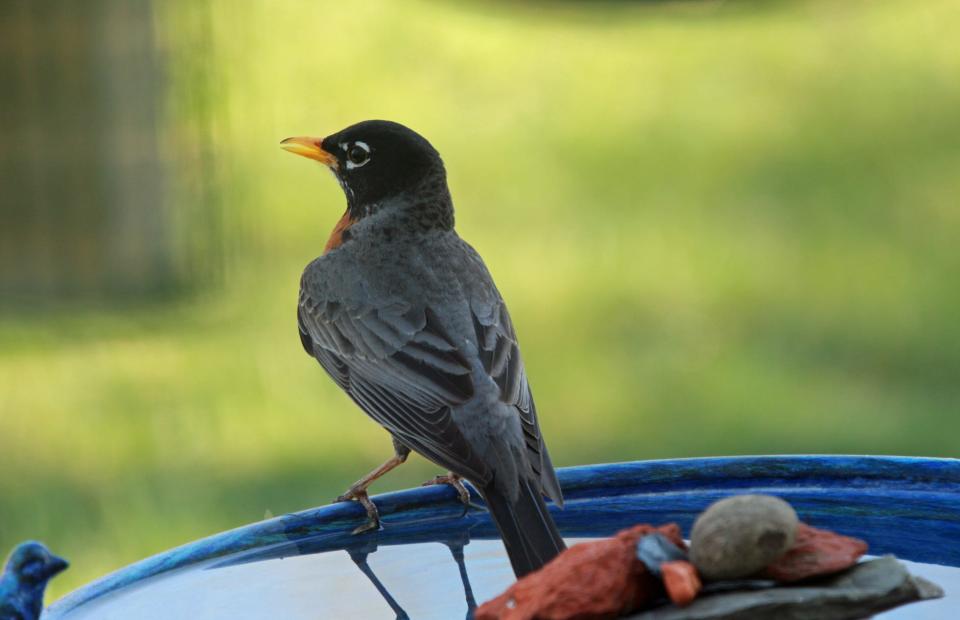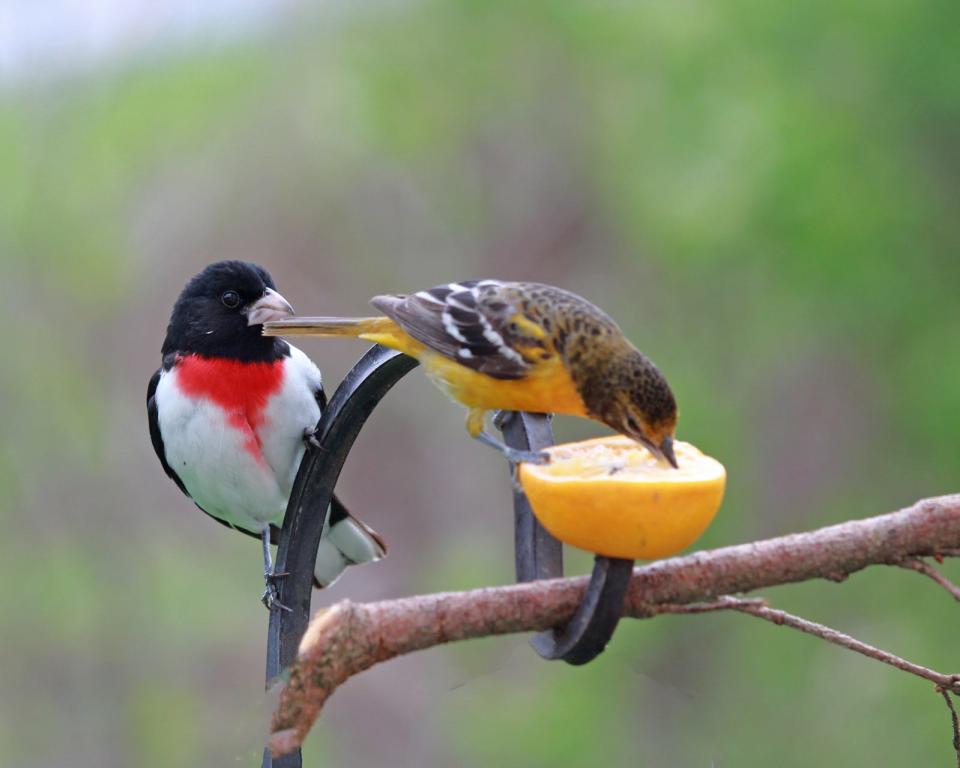How uncommon weather patterns have impacted the arrival of birds in New York this spring
This is the time of year when there is so much going on in our world of nature that I don’t know where to begin! The beauty being revealed before us is fascinating and the challenge is figuring how we can maximize the experience as the spring days fly by so rapidly.
As we are in the final days of the month of April, we will continue to see more and more changes right through the month of May. The many flowers, trees, shrubs and landscapes will offer an amazing spectrum of colors and combinations from dawn to dusk each day. Close your eyes and listen to the sounds of spring as well. We get so used to hearing all the sounds and thereby find ourselves actually ignoring the “music!”
We need to challenge ourselves to concentrate on specific sounds and to appreciate each one – just as we specifically identify plants, birds, and animals by sight. And speaking of our senses, don’t forget to take in the smells of blossoming trees and flowers all around us. The lilacs are about to bloom and later on the locust trees will be so fragrant. Don’t be afraid to touch nature as well!

Whether you are a gardener, a farmer, a hiker, a sports enthusiast, a bird watcher, or a basic home owner, we all have the opportunity to get closer to nature. Just how close is up to each of us - we can to take our “closeness” to the next level just by being a little more aware of our surrounding beauty and marvels of nature. I love hiking through the woods and fields, but I can’t do it without paying attention to the flora and fauna all around me. I can’t imagine taking a hike and ignoring to the various birds along the way – whether visible or only by sound.
Turning our attention to the world of birds, which are responsible for a major part of our spring experience, so much has already happened already. But Part 2 is coming over the next two or three weeks with a huge influx of a fascinating variety of birds that are primarily insect eaters. Many of these birds also eat seeds, nectar and tree buds as a supplement to the insects that abound among warmer temperatures and the many flower blossoms.
Our inverted weather patterns between February and March, and then a very warm April, have created some unusual first arrivals of several species of birds this spring. The very warm April is finishing off cooler than normal, which is a good thing in my opinion. Having the foliage emerging in mid-April is just too early and with some cooler air rolling in, that process is slowing down. Last year April was very cool and the tree foliage didn’t appear until well into May – later than normal.
Let’s just hope that we don’t get any extremely cold weather in May which can significantly hurt plants of all types – in nature, in our gardens, and on farms. It does seem like the warm first part of early April brought on a number of early bird arrivals; however, the majority of each species’ bird population still seems to arrive at the normal time.
More: The top 10 turkey hunting do's and don'ts: Locations, setup, calling and more
More: This Hornell home was featured by HGTV's Cheap Old Houses: What it sold for
In the late days of April and early days of May, it will be interesting to see when the first rose-breasted grosbeaks arrive. Usually, the first ones are noticed around April 29 and 30. As for Baltimore orioles, they usually show up in good numbers around May 2. Their close relatives, the orchard orioles, often seem to arrive a few days early – I usually hear the first ones singing their distinct song as I’m working in the greenhouse (without the radio on!). Indigo buntings could show up at your bird feeders as well.
Remember to keep plenty of sunflower seed available for the rose-breasted grosbeaks and maybe even some migrating evening grosbeaks. During the first week of May your first hummingbirds could show up, so it would be good to have at least one hummingbird feeder up by May 1.

If you like feeding grape jelly and oranges to the orioles, I recommend getting that out there by May 1 as well – earlier if you want to have a chance at attracting a couple of early orchard orioles. Remember that hummingbird sugar water does not need red food coloring and that feeding orioles is as simple as putting a little grape jelly in a dish and placing it on your deck railing or wherever. Keep it simple (and less expensive that way!)
I’m particularly excited about the 25 or so species of warblers that will be arriving in the first two or three weeks of May! Some species will actually nest here and several others will be passing through heading further north to nest there. Each species has its preferred habitat for nesting but during migration in May, they can be found most anywhere as they take a rest and find food. So many other interesting fly-catching birds are coming through in May as well.
Looking at my calendar for May – it’s crazy busy, but hopefully setting enough time aside for birding. I need to be very efficient with my yard and farm work and our greenhouse business. I’m doing several bird presentations and some bird ID walks so I hope you can join me. If you are interested, please call or text me on my cell at 585-813-2676 and I can let you know when the next one is.
In the meantime, just make sure you get outside and do some birding! Do your yardwork without music playing in your ears – listen to nature! Enjoy God’s marvelous beauty all you can!
This article originally appeared on The Evening Tribune: Weather patterns impact arrival of birds in New York this spring

